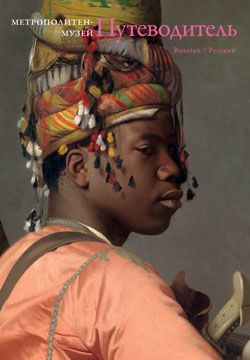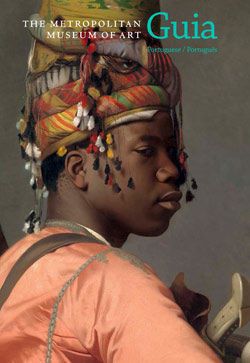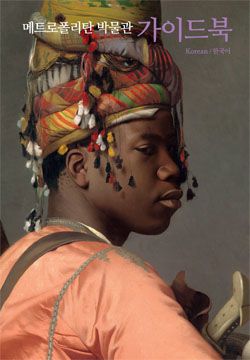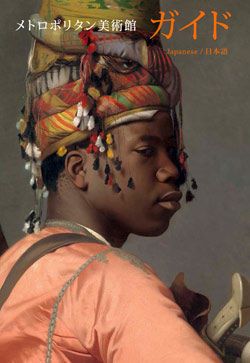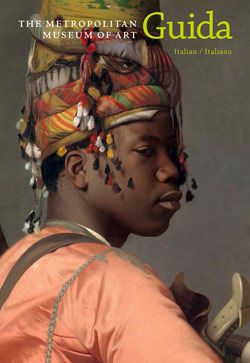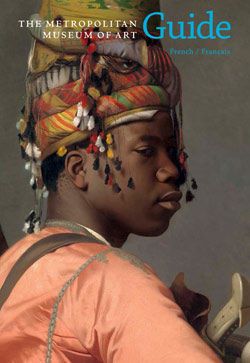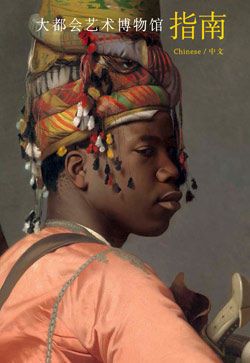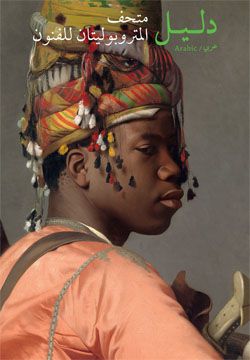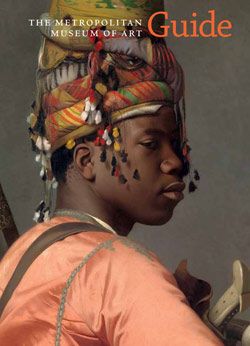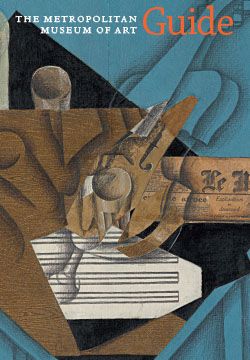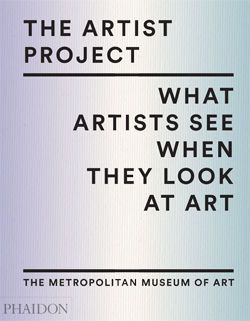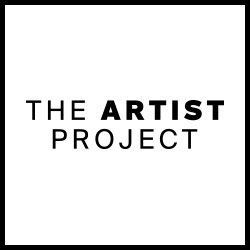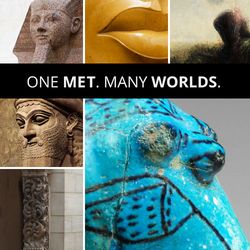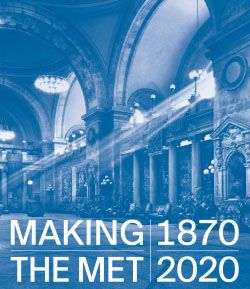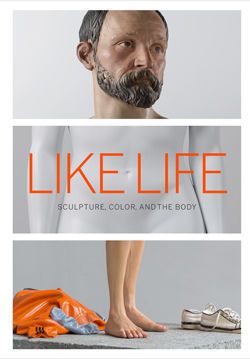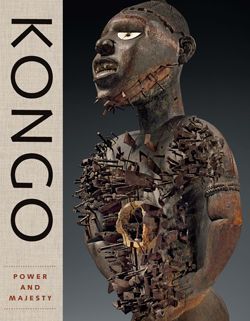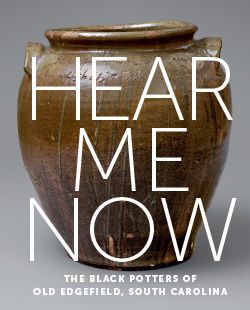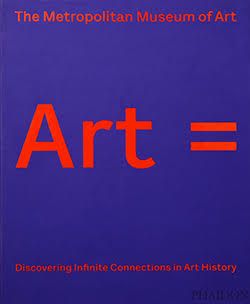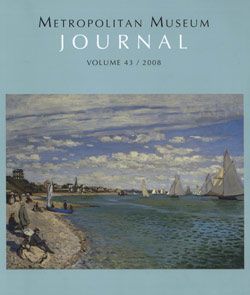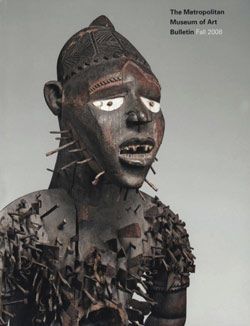Mangaaka Power Figure (Nkisi N’Kondi)
Kongo artist and nganga, Yombe group
Not on view
Central African power figures are among the ubiquitous genres identified with African art. Conceived to house specific mystical forces, they were collaborative creations of Kongo sculptors and ritual specialists. This example belongs to the most ambitious class of that tradition, attributed to the atelier of a master active along the coast of Congo and Angola at the end of the nineteenth century and identified with Mangaaka, the preeminent force of jurisprudence.
That power was represented as a presiding authority and enforcing lord or king. Its crowning element is the distinctive mpu headdress worn by chiefs or priests. The figure's posture and gesture, leaning forward with hands placed akimbo on the hips, is the aggressive attitude of one who challenges fearlessly. Traces of a missing beard-a sign of seniority-survive in the form of nails along the contours of the chin. There are also vestiges of an abdominal cavity for medicinal matter that originally attracted the figure's defining force. The various metals embedded in the figure's expansive torso attest to its central role as witness and enforcer of affairs critical to its community. They document vows sealed, treaties signed, and efforts to eradicate evil. Ultimately, this work inspired reflection on the consequences of transgressing established codes of social conduct.
This image cannot be enlarged, viewed at full screen, or downloaded.
This artwork is meant to be viewed from right to left. Scroll left to view more.





























